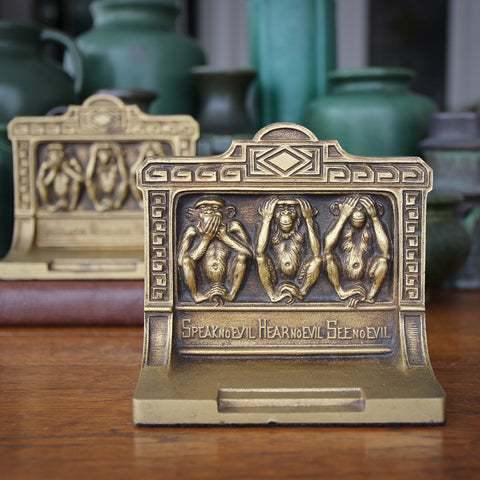How does one tune-it-out? Perhaps the Three Wise Monkeys can provide an example?
The earliest evidence of the Three Wise Monkeys—sometimes called the Three Mystic Apes—is found carved on a wooden panel above the stable door at the Tōshō-gū Shinto Shrine in Nikkō, Japan. The shrine complex opened in 1617 and the stable held the temple's sacred horses. The carved panel, portraying three Japanese macaques, has been attributed to the carver Hidari Jingorō (who may have been a fictitious artist, or the pseudonym of another master carver).
But the concept of "Hearing, Seeing, Speaking No Evil" is much older—though not previously attributed to monkeys. The Analects of Confucious, written in the 4th to 2nd Century BC, advises to "look not at what is contrary to propriety; listen not to what is contrary to propriety; speak not what is contrary to propriety; make no movement which is contrary to propriety." It seems that Confucius's lesson would do much good if observed by certain authorities today.
The trio of Japanese macaques has been adapted and adopted by artists worldwide. Shown here, a pair of cast iron bookends made by Bradley & Hubbard (Meriden, Connecticut) in the Twenties or Thirties. A trio of monkeys convey Confucius's lesson in a crisply cast pair of bookends, finished with a golden bronze patina. Perhaps they could be a worthy reminder on one's desk, bookshelf or credenza? Perhaps they would be an appropriate and timely gift to a (chief) executive you know? Click on the photo above to learn more about them.
Though our Greenwich Village store is now permanently closed, LEO Design is still alive and well! Please visit our on-line store where we continue to sell Handsome Gifts (www.LEOdesignNYC.com).
To arrange a visit our Pittsburgh showroom (by private appointment only), please call 917-446-4248.


